

News


The Suez Canal is an all-water canal in Egypt that connects the Mediterranean and the Red Sea. The channel zone is considered a conditional border between the two continents, Africa and Eurasia. The shortest waterway between the Indian Ocean and the Mediterranean – the Atlantic Ocean (the alternative route is 8 thousand km longer).The Suez Canal was opened for shipping on November 17, 1869.

It is up to 350 m, located at the bottom of the water, it is 45-60 m, and the depth is 20 m. The port is located in Egypt between the Sea of Said and the Red Sea. Canadian Port Said is the port of Fuad, where the Suez Canal is located. Port Taufik is located on the canal opposite Suez. The main ports are Port Said and Suez. Timosah is a large industrial center of the city of Ismailia.
The winter season comes from the Mediterranean. The flow varies with the tides.
The economic and strategic importance of the channel
The channel has had an immediate and invaluable impact on world trade. Six months earlier, the First Transcontinental Railway was commissioned, and the whole world could now be rounded in record time. The channel played an important role in the expansion and further colonization of Africa. External debts forced Ismail Pasha, who replaced Said Pasha, to sell his share in the UK channel in 1875.
The Universal Company of the Suez Canal essentially became an Anglo-French enterprise, Egypt was removed from both the management of the channel and the profits. The actual owner of the channel was England. This situation was further strengthened after it occupied Egypt in 1882.
In 1888, the International Convention was signed in Istanbul with the aim of creating a specific system designed to guarantee all states free navigation along the canal.
During the First and Second World Wars, navigation along the canal was actually regulated by Great Britain.
On July 26, 1956, Egyptian President Gamal Abdel Nasser nationalized the channel.This led to the invasion of British, French and Israeli troops and the beginning of the weekly Suez War of 1956. The canal was partially destroyed, some ships were sunk, and as a result, shipping was closed until April 24, 1957, until the canal was cleared with the help of the UN. The UN peacekeeping forces were introduced to maintain the status of the Sinai Peninsula and the Suez Canal as neutral territories.
After the Six Day War of 1967, the canal was closed again. In the next Arab-Israeli war of 1973, the Egyptian army successfully crossed the canal; in the future, the Israeli army made a “response force”. After the end of the war, the canal was cleared by the US Navy (in trawling approaches to the Canal, in the Gulf of Suez, the ships of the Soviet Navy participated) and opened for use on June 5, 1975.
Today
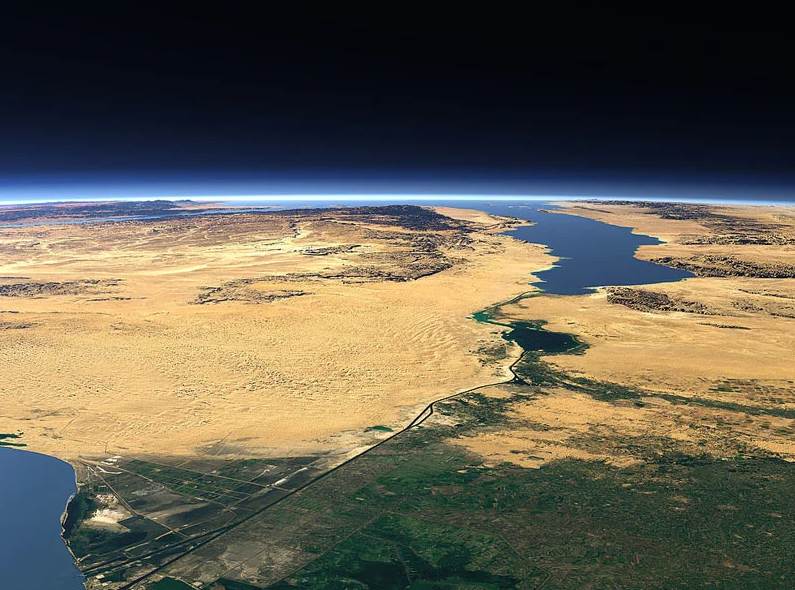
The channel has no locks due to the absence of the difference in sea levels that it connects, and elevations in its path. The channel allows you to pass laden ships and ships:
- displacement – up to 240,000 tons;
- height – up to 68 meters;
- width – up to 77.5 meters (under certain conditions).
Some supertankers cannot pass through the canal, others can unload some of the weight onto ships belonging to the canal and load it back at the other end of the canal.The channel has one channel and several sites for the divergence of ships.
Ahmed Ali Fadel, head of the Suez Canal Administration, said that the next stage of dredging has been completed, and the depth of the canal is 66 feet (20.1 m). In the future, it is planned to ensure the passage of supertankers with a draft of up to 22 meters.
The Suez Canal is one of Egypt’s main sources of income, along with oil, tourism and agriculture.
The Egyptian Administration of the Suez Canal (Suez Canal Authority, SCA) reported that by the end of 2009, 17 155 ships had passed through the canal, which is 20% less than in 2008 (21,170 ships). For the budget of Egypt, this meant a reduction in revenues from the operation of the channel from 5.38 billion US dollars in the pre-crisis 2008 to 4.29 billion US dollars in 2009.
According to the head of the Canal Administration Ahmad Fadel, in 2011, 17,799 vessels passed through the Suez Canal, which is 1.1 percent less than a year earlier.At the same time, the Egyptian authorities earned $ 5.22 billion on the transit of ships ($ 456 million more than in 2010).
In December 2011, the Egyptian authorities announced that the tariffs for the transit of goods that have not changed over the past three years, from March 2012 will increase by three percent.
According to the data of 2009, about 10% of the world’s sea traffic passes through the channel. The passage through the channel takes about 14 hours. On average, 48 ships pass through the canal per day.
Control
The Suez Canal until 1956 was managed by the Suez Canal Company, joined by the President of Egypt, Gamal-Abdel Nasser, to the Administration of the Suez Canal.
The chairs of SCA were:
- Bahgat Helmi Badawi (July 26, 1956 – July 9, 1957)
- Mahmoud Younis (July 10, 1957 – October 10, 1965)
- Mashkhouur Ahmed Mashkhouur (October 14, 1965 – December 31, 1983)
- Mohamed Adel Ezzat (January 1, 1984 – December 1995)
- Ahmed Ali Fadel (January 22, 1996 – August 2012)
- Mohab Mamish (August 2012 – present)
Connection between shores
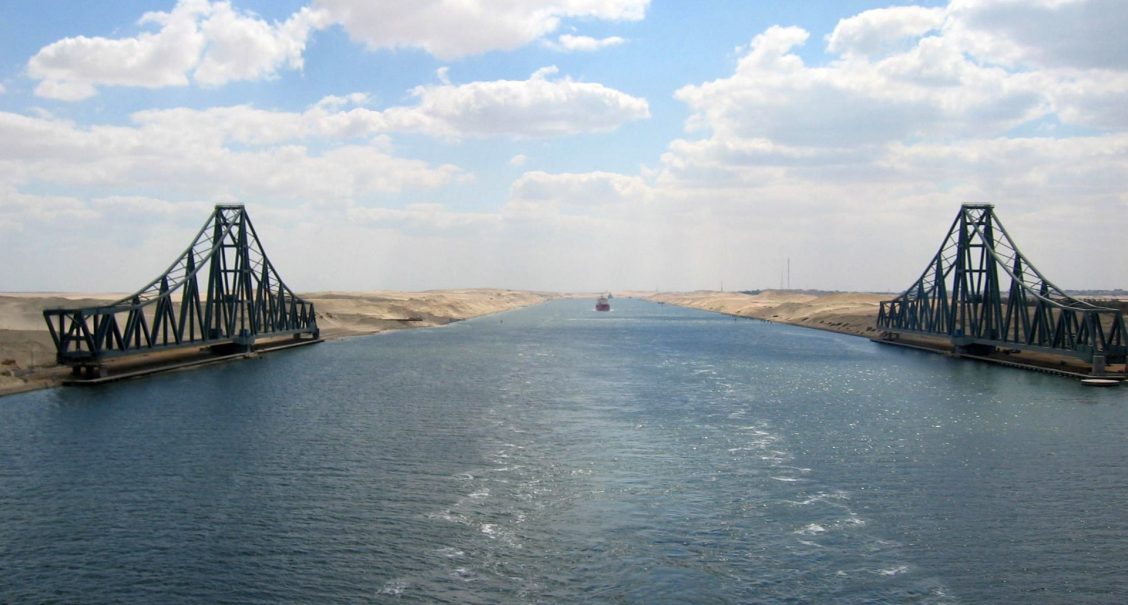 Bridge El Ferdan. Railway bridge
Bridge El Ferdan. Railway bridge
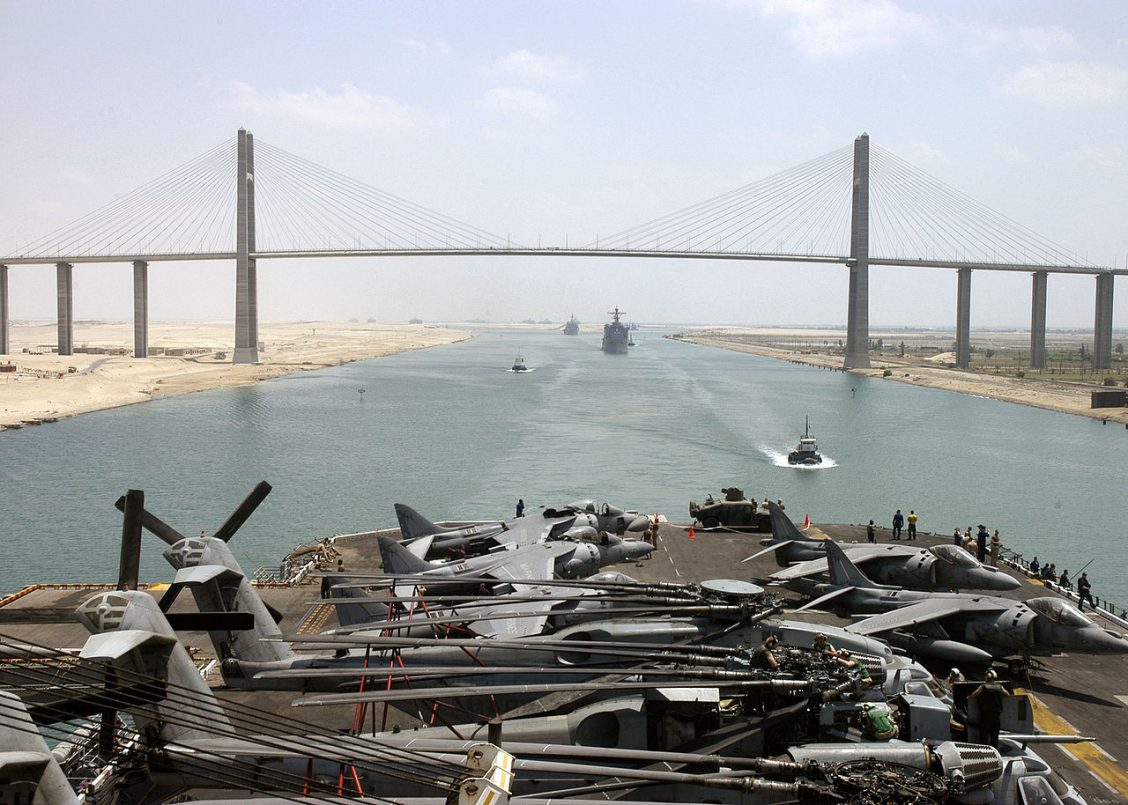 Mubarak Bridge. Road bridge
Mubarak Bridge. Road bridge
Suez Canal in 60 seconds:
LAST NEWS
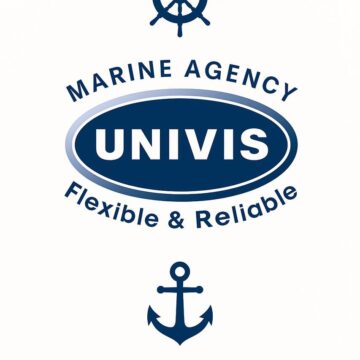
Seafarer’s Day 2025
Sorry, this entry is only available in Ukrainian.

CES TEST – TRAIN YOUR BRAIN
Dear seafarers! The CES Test is the most common test to know the professional knowledge of a seafarer. Are you 100% sure that you can pass the test with the desired result? We can help you with this: you have the opportunity to take the latest version of the CES Test to practice knowledge online […]
Interesting: by 2033 the deadweight of the world merchant fleet will be 3 billion tons
For 13 years, the total tonnage of ships has doubled and this is not the limit. In 2006, the global merchant navy reached a billion dwt. To date, the deadweight of the world merchant fleet has passed the mark of two billion. And by 2033, three billion are predicted, but if the growth rate is […]

Merry Christmas and Happy New Year 2025!
Dear Seafarers! We sincerely congratulate you on the upcoming Christmas and New Year! May your homes be warm and cozy, and your hearts be filled with joy and inspiration. We are grateful for your professionalism, dedication and trust in our company. We wish that the New Year 2025 will bring you new achievements, good health […]
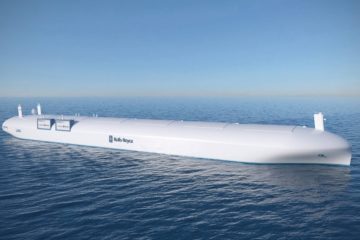
Sea drones: a toy or the technology of the future
The crew of the average merchant vessel of the year in commercial production in 1860 is about 250 people. In 1880 there were about 140 people. By 1900, when steamships forced out the sailboats, it finally fell to 100 people. The crew of the diesel commercial vessel in the middle of the 20th century is […]

PETITION FOR SEAFARERS
Dear seafarers❗️ A petition appeared regarding the possibility of obtaining a seafarer’s passport abroad. The petition was filed by the USU organization today. Lin for signatures: https://petition.kmu.gov.ua/petitions/6082
IMPRORTANT INFORMATION
‼️Important information for seafarers regarding foreign passports‼️ Dear Ukrainian sailors who are abroad! We remind you that all citizens of Ukraine have the opportunity to renew their foreign and domestic passports at the mobile points of the DP Document Center in Europe (Italy, Spain, Poland, Czech Republic, Germany, Slovakia) and in Istanbul, Turkey! Take care […]
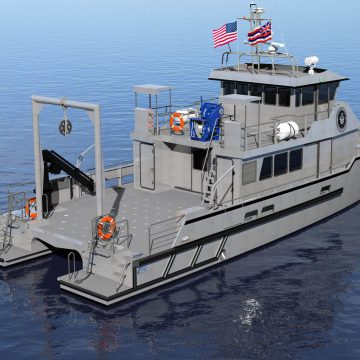
Interesting: Innovative Vessel Being Built for Hawaiian Marine Research
An innovative research vessel is being built for the University of Hawaii at Manoa and the University of Hawaii Foundation (UHF) on behalf of the Hawai’i Institute of Marine Biology (HIMB) to allow them to access and study marine environments in the Hawaiian Islands. The unique design of the vessel will be fundamental to meeting […]
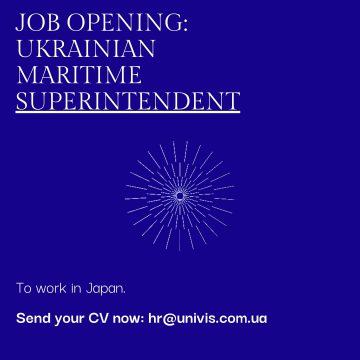
IMPORTANT: LOOKING FOR SUPERINDENDENT
All info in this post!





